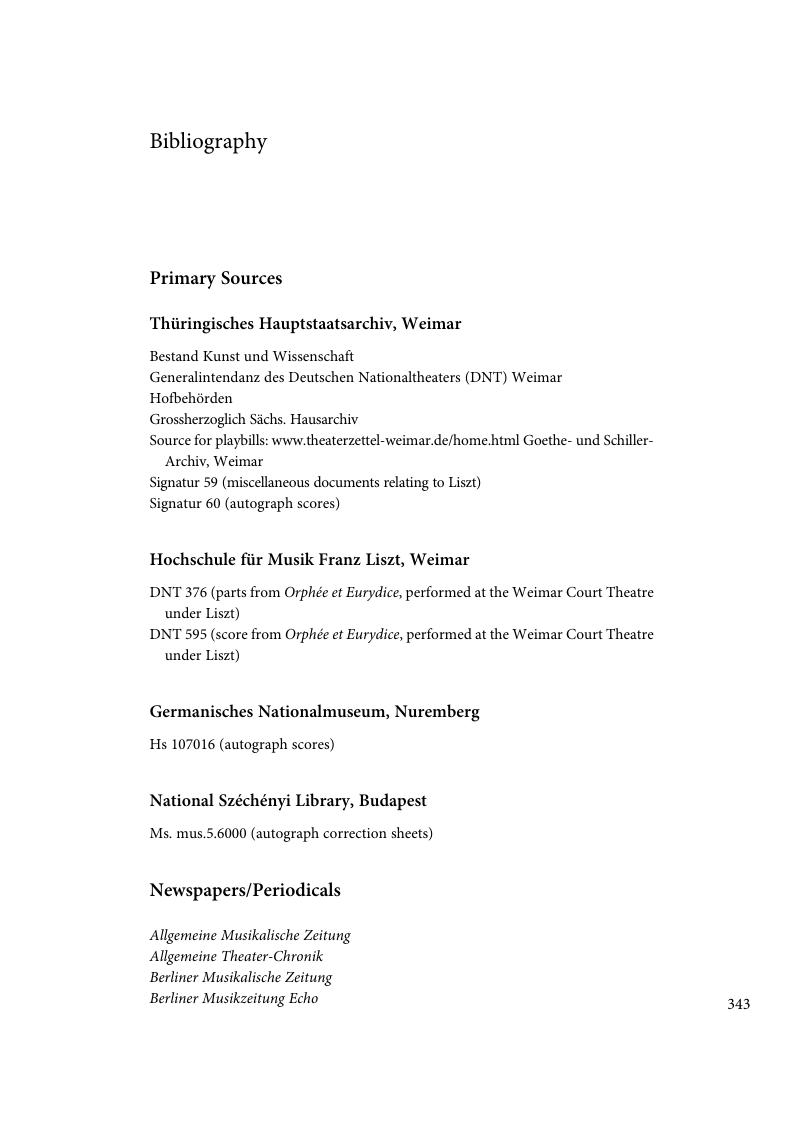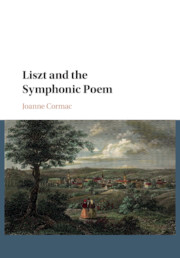Book contents
- Liszt and the Symphonic Poem
- Liszt and the Symphonic Poem
- Copyright page
- Dedication
- Contents
- Musical Examples
- Figures
- Tables
- Acknowledgements
- Introduction
- 1 Liszt’s Activities as Kapellmeister
- 2 From the Lyric to the Dramatic: The Development of Tasso
- 3 Prometheus, Melodramatic Mimesis, and the Visual
- 4 Orpheus, Opera, and Werktreue
- 5 Formal Innovation and Dramatic Gesture in Festklänge
- 6 Hamlet and Melodrama
- 7 Liszt’s Weimar Legacy
- Appendix: Programme of the 1849 Goethe Celebration in Weimar
- Bibliography
- Index
- References
Bibliography
Published online by Cambridge University Press: 19 October 2017
- Liszt and the Symphonic Poem
- Liszt and the Symphonic Poem
- Copyright page
- Dedication
- Contents
- Musical Examples
- Figures
- Tables
- Acknowledgements
- Introduction
- 1 Liszt’s Activities as Kapellmeister
- 2 From the Lyric to the Dramatic: The Development of Tasso
- 3 Prometheus, Melodramatic Mimesis, and the Visual
- 4 Orpheus, Opera, and Werktreue
- 5 Formal Innovation and Dramatic Gesture in Festklänge
- 6 Hamlet and Melodrama
- 7 Liszt’s Weimar Legacy
- Appendix: Programme of the 1849 Goethe Celebration in Weimar
- Bibliography
- Index
- References
Summary

- Type
- Chapter
- Information
- Liszt and the Symphonic Poem , pp. 340 - 342Publisher: Cambridge University PressPrint publication year: 2017



